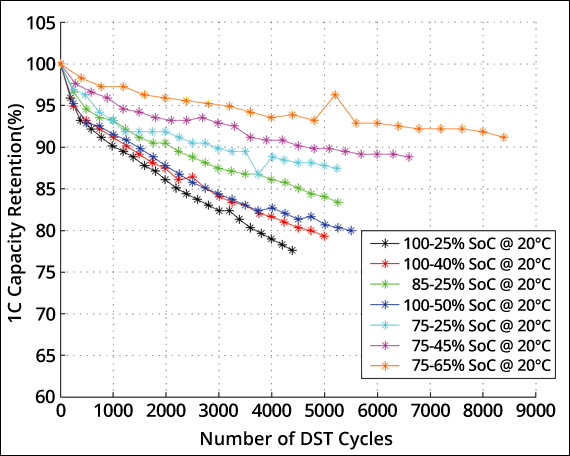Hi all,
It's been a month but I still have some questions!
All going well overall. It really is an amazing car, no real issues so far. Still amused that most Sentry captures are folks looking through the window etc. Charging from home is fine. No real long distances yet so time will tell. Some things I'm still not sure about:
It's been a month but I still have some questions!
All going well overall. It really is an amazing car, no real issues so far. Still amused that most Sentry captures are folks looking through the window etc. Charging from home is fine. No real long distances yet so time will tell. Some things I'm still not sure about:
- Charging every night? I only use 10-20% a day. Is it best to top up every night, or just charge when it gets low? No real guidance on what's best for the batteries. Or the wallet if there is any difference? (charging to 80%)
- Any evidence charging to 80% is better for battery than 90%. I've never charged to 100% yet.
- When you leave the car and the heated seats are on, and the heating, does this all switch off when car is locked and left?
- I tend to take my foot off the accelerator to come to a stop and let the car hold, rather than actually brake, even on a hill, I guess this is ok?
- Without using third party apps etc, is there a way to look at battery health?
- Is there any way to 'eject' the SSD for cam? I just unplug when in park
- Is there a shortcut to switch heated seats from 3 to off (without having to press it 3 times)?
- How can DAB stations be saved as favorites and accessed easily?
- Wrap the centre console. The shiny gets too dirty etc
- Swap numberplates to stick on ones.
- Figure out why Hubsta public chargers don't work. Car starts to charge then stops itself
- Fit the trunk hooks that I've just bought



